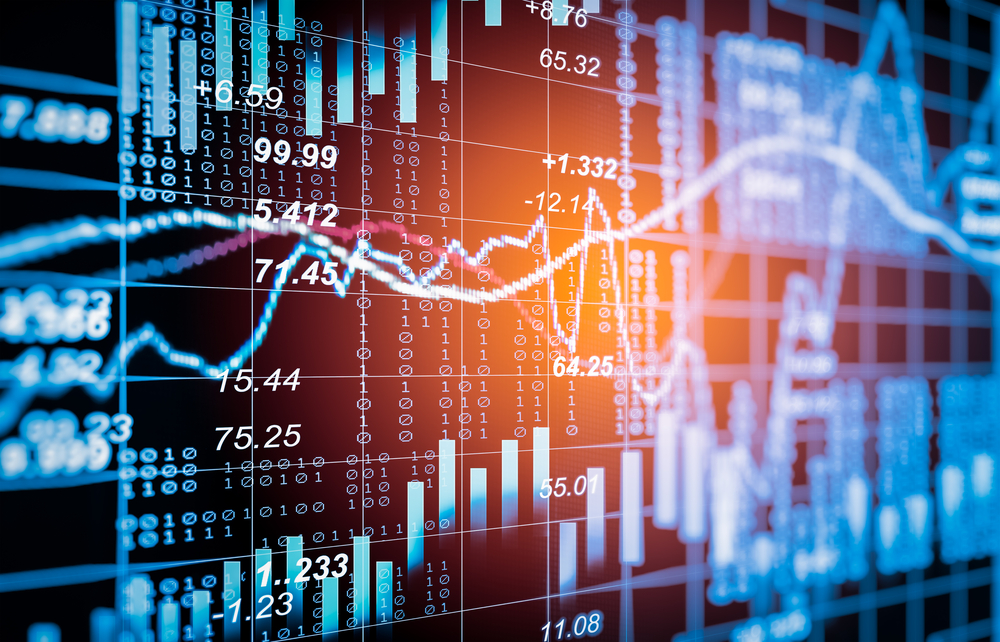Freelancing, peer-to-peer lending platforms, and renting clothes are various ways to make money with the sharing economy. But a lot of people don’t say much about trading and its importance to the global economy. Trading Forex, for instance, can be very important when it comes to pricing currencies and affect how we spend and save our money.
With trading, people are always looking for the holy grail. They study fundamental analysis, technical analysis, and risk management. They even do quirky stuff to master their emotions and have a robust trading psychological profile.
You can gain knowledge and experience with a mentor like Learn to Trade or do it by yourself. The former will cut your learning curve while the latter will take a more extended period. If you’re a beginner, this post will help you learn how people earn money from trading currencies or Forex.

Trading: An Overview
Generally, trading refers to the buying or selling of a financial instrument to gain profit. It’s not just a hobby you put off when you want to. It requires effort and persistence. In addition, most people think you only gain money from trading if the price of the instrument you bought went up.
But, in trading, you can profit from prices going up or down depending on the position you took. Why is this so? This is because you can take two different positions in trading. These two positions refer to Long (Buy) or Short (Sell).
What Is A Long (Buy) Position?
A long position also refers to a buying position, where you are hoping for the price of a financial instrument to go up. For instance, if you bought X at a price of USD 10.00, you’re hoping for the price to go up. If it goes up to USD 20.00 and you close the position at that price, then you have a gross profit of USD 10.00.
What Is A Short (Sell) Position?
A short position also refers to a “sell.” This is where you sell a financial instrument hoping for the price to go down. For instance, you sold (or went short) on financial instrument Y at the value of USD 10.00. Thus, you sold Y for 10.00 hoping for it to go down. If it went down to USD 3.00, you have a gross profit of USD 7.00 once you buy it back.
How To Make Money Trading Forex
In Forex, the financial instruments are in currency pairs. For instance, you have Euro against the US Dollar using the symbol EUR/USD. You also have US Dollar against the Japanese Yen with the symbol USD/JPY. Cross currencies also appear in Forex where the pair doesn’t involve the US Dollar. An example would be GBP/JPY for the British pound over the Japanese yen.
Before delving into the mechanics of buying and selling in Forex, let’s explain pips and lots (position size) first.
Pips And Lots (Position Size)
Pip is a measure of change within the Forex market. Usually, the pip refers to the fourth decimal place on most currency pairs. For instance, if EUR/USD moved from 1.1016 to 1.1017, that is a move of one pip.
Lots refer to the number of currency units you intend to buy or sell. One standard lot refers to 100,000 units while a mini lot is equal to 10,000 units. A micro lot would refer to about 1,000 units of currency, and a nano lot equates to 100 units. When trading, lots may also refer to your position size.
Determining The Value Of A Pip

The value of each movement in pips is calculated based on three different factors: the currency pair being traded, the lot or position size, and the exchange rate. Usually, the pip value per lot would equate to 1 pip (0.0001). This is true for most currency pairs. However, it is 0.01 if JPY is the counter currency (e.g., GBP/JPY).
So, how do you determine pip value? First, you get the pip value per lot, and you divide this value by the current exchange rate. Finally, you multiply the result by the lot size. Let’s say, for instance, that you have a base currency of USD and are trading EUR/USD at 1.4000 with a position size of 1 standard lot. What’s the value of each pip movement?
0.0001 / 1.4000 * 100,000 = USD 7.14 per pip movement
Now, let’s move on to the entire mechanics of earning with Forex.
The Mechanics Of Earning In Forex
We’ll take EUR/USD as an example. When you go long EUR/USD, you are hoping for the Euro to go up and the US Dollar to go down. Thus, when you go long EUR/USD at 1.0500, and it went up to 1.1000 at one standard lot, you earn a profit. The gross profit can be calculated as follows:
First, we calculate the value per pip:
0.0001 / 1.0500 * 100,000 = USD 9.52
Second we get the number of pips earned or lost:
(1.1000 * 10,000) – ( 1.0500 * 10,000 ) = 500 pips
Finally, we calculate the total amount earned or lost by multiplying the value per pip with that of the number of pips earned or lost:
USD 9.52 per pip * 500 pips = USD 4,760
In Conclusion
When you trade financial instruments, it’s one way of contributing to the global output. Trading, like any other endeavor, is not simple. That’s why you have to get a mentor who will guide you until you are ready to do business on your own. Hopefully, this article has helped you learn the mechanics of how people make money when trading Forex.
